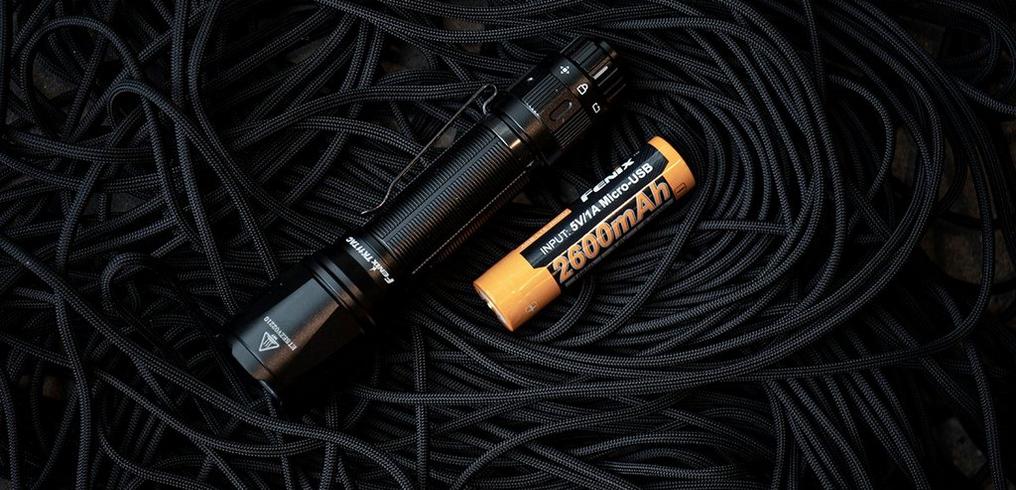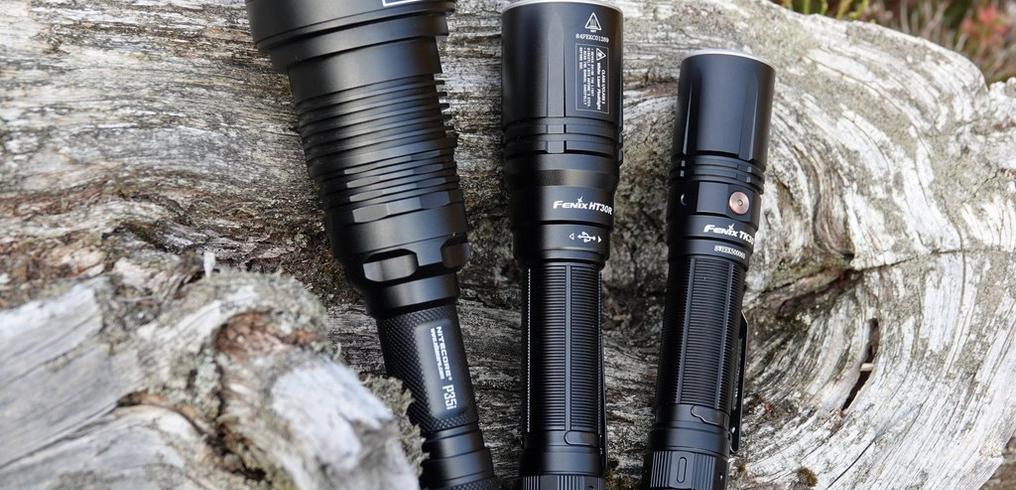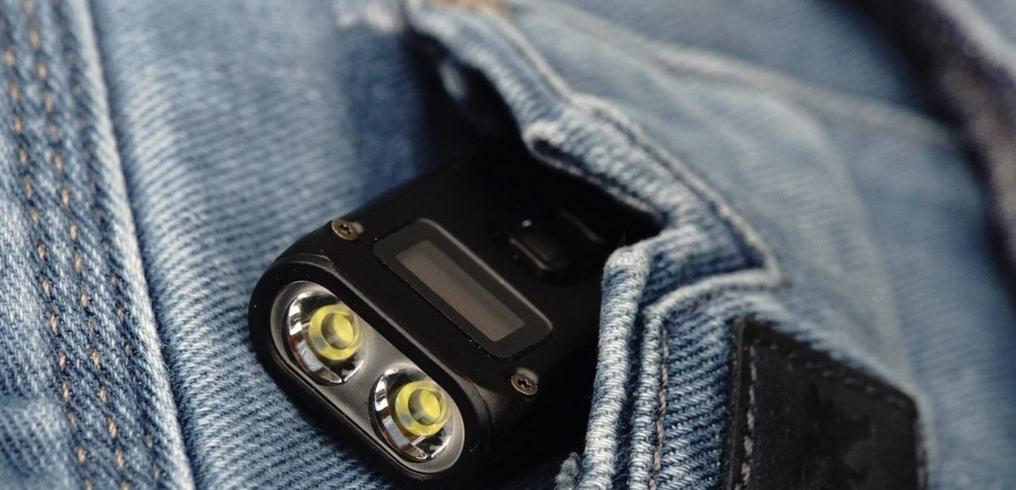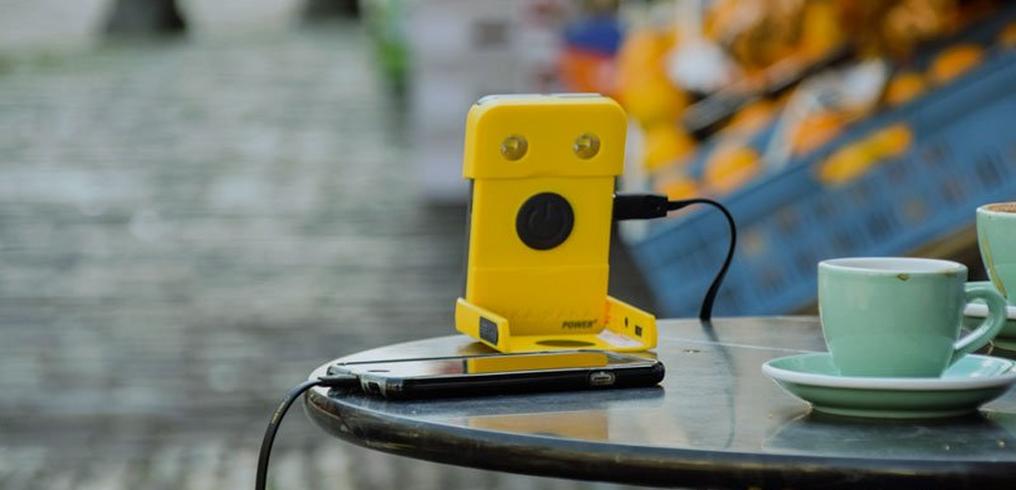Is a smart charger a must?
Question to Knivesandtools:
During a demonstration of a prototype of the Fenix RC10 (a rechargeable torch that will become available in early May 2012) with the police, the following question was asked:
Has the RC10 got a smart charger that first discharges the accumulator before charging, to ensure we don't get the same problems as with the Maglites, where the accumulator's capacity steadily decreases?
Answer of Knivesandtools:
The short answer is: No, but that's not necessary with the RC10 because it has a modern Lithium-Ion accumulator!
More elaborate answer:
There are various types of accumulators that charge in a different way. In short we can say the following:
Once upon a time there was... Nickel Cadmium
In the past Nickel Cadmium (NiCd) accumulators were the most popular accumulators for torches. The Maglite MagCharger was equipped with a Nickel Cadmium accumulator until 2011.
NiCd accumulators were famous for their memory effect. That included that when the accumulator was not always fully discharged and then fully charged again, the capacity of the accumulator decreased.
To prevent this, 'smart' chargers were developed that could for example discharge the accumulator before charging, to limit the memory effect.
Then came... Nickel Metal Hydrid
Later - among others because of the environmental danger of Cadmium - the Nickel Metal Hydrid (NiMH) battery became popular. It had a higher capacity than the NiCd accumulator and was less prone to the memory effect. Since 2011 the MagCharger is fitted with a NiMH battery. The charging method remains too simple however.
But now there is... Lithium-Ion
Currently Lithium-Ion accumulators are very popular due to their high capacity in proportion to their size and weight. They have no memory effect and charging is quite easy.
A smart charger is not required for Lithium-Ion accumulators in principle. But it is important that charging stops when the accumulator is full and that the accumulator is not charged too quickly.
A great advantage of Lithium Ion accumulators is, in addition to the already stated high capacity, that they keep their capacity for a long time, irrespective of how often you use them. It is only at the end of their lifespan that the capacity decreases.
The lifespan is some 500 complete charging cycles (or for example 1000 x from half charged to fully charged) or approx. 3 to 5 years if you use the accumulator less.







